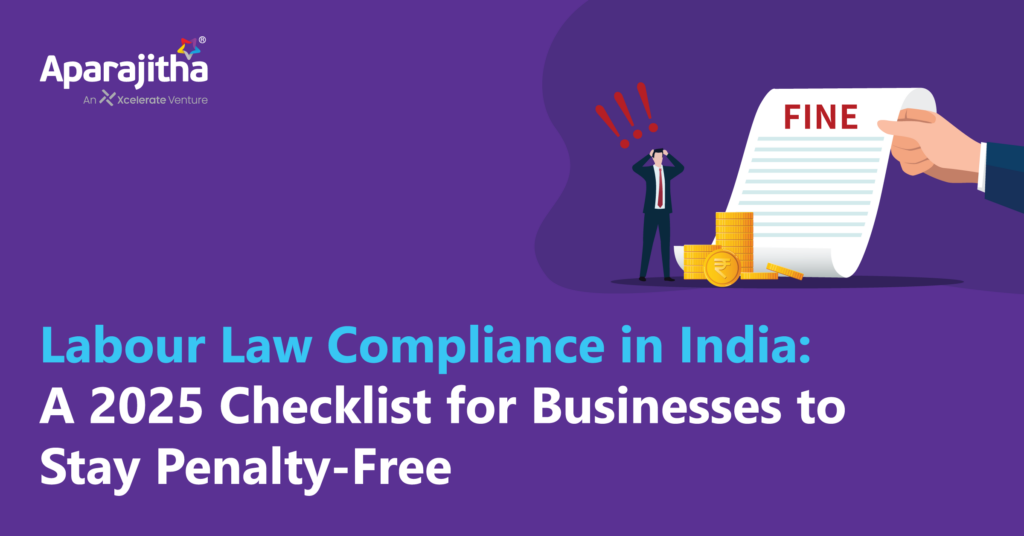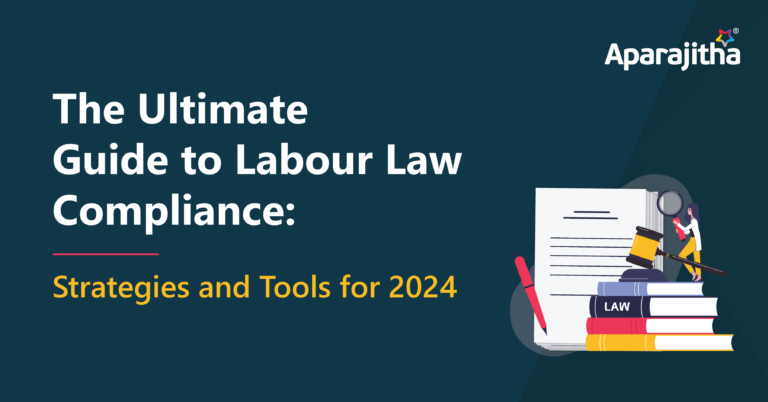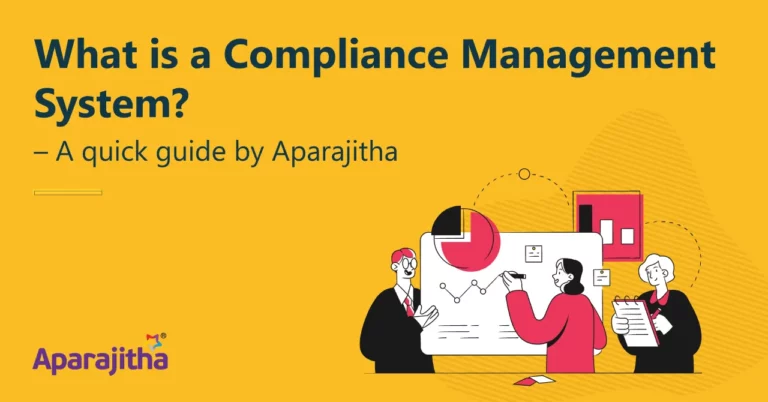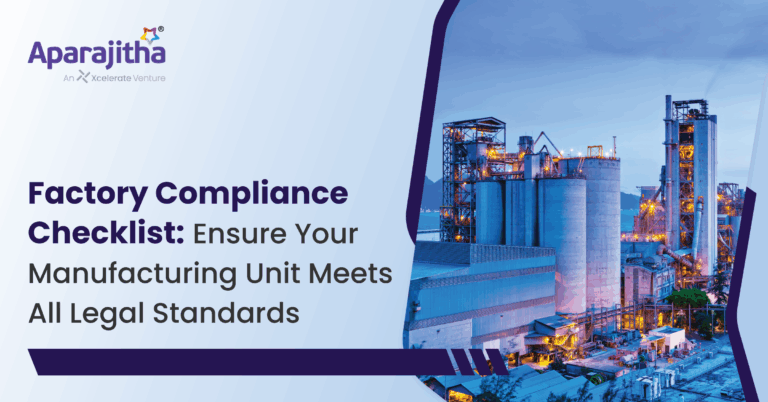Labour law compliance in India is a cornerstone of ethical business practices and legal adherence. With a dynamic regulatory framework and frequent updates, staying compliant is about avoiding penalties and building a robust and responsible organization. As 2025 unfolds, businesses must align with the latest mandates to navigate the complex landscape of Indian labour laws effectively. This checklist serves as a comprehensive guide for businesses to stay penalty-free and ensure seamless compliance.
Why Labour Law Compliance is Critical in 2025:
The Government of India has been proactively revising labour laws to streamline processes, enhance employee welfare, and promote ease of doing business. The introduction of the four labour codes — Code on Wages, 2019, Industrial Relations Code, Occupational Safety, Health and Working Conditions Code, and the Code on Social Security — marks a paradigm shift in the regulatory framework.
Key updates, such as the inclusion of the Inspector-cum-Facilitator, highlight the shift towards a consultative approach to compliance. This role emphasizes support and guidance over punitive measures encouraging businesses to rectify non-compliance proactively
Additionally, the provision for compounding of offences for first-time violations offers businesses a chance to address initial lapses without severe penalties, underscoring a fairer and more balanced enforcement mechanism.
India’s new labour codes also demonstrate a commitment to inclusivity and modernization, as evidenced by the extension of social security benefits to gig and platform workers. This provision acknowledges the growing importance of the gig economy and ensures that millions of gig workers are brought under the umbrella of welfare schemes.
These reforms strive to establish a balance between the rights of employers and employees, promoting equitable and transparent workplace practices while fostering economic growth. Non-compliance can lead to hefty penalties, legal actions, and reputational damage, making it imperative for businesses to remain vigilant.
Key Highlights of Labour Laws
Code on Wages:
- Ensure timely payment of minimum wages.
- Understand the definition of Wages and its components under the new Code.
- Maintain updated registers and records for inspections.
Industrial Relations Code:
- Streamline grievance redressal mechanisms.
- Adhere to rules on strikes, lockouts, and industrial disputes.
- Establish Works Committee where required.
Occupational Safety, Health, and Working Conditions Code:
- Prioritize workplace safety standards.
- Conduct regular health checks and maintain records.
- Secure compliance with welfare provisions like drinking water, canteens, and restrooms.
Code on Social Security:
- Ensure timely remittance of contributions to social security benefits such as Employees Provident Fund Scheme (EPF) and Employee State Insurance (ESI).
- Verify compliance with maternity benefits and gratuity.
- Maintain the required Records, Registers and Returns
2025 Compliance Checklist
1. Digitize Compliance Processes
- Utilize compliance management software to track updates and automate reporting.
- Implement systems for real-time monitoring and audits.
2. Stay Updated on Notifications
- Regularly review updates from different state and central government departments
- Subscribe to industry newsletters and compliance alerts to keep your checklists updated with the latest changes.
3. Conduct Internal Audits
- Regular self-assessments to detect and address compliance shortcomings.
- Engage third-party experts for unbiased reviews.
4. Employee Awareness Programs
- Train HR and compliance teams on new labour laws and cutting-edge compliance processes
- Organize awareness sessions for employees about their rights and responsibilities.
5. Collaborate with Experts
- Partner with compliance firms for expert guidance.
- Use helpdesks to resolve complex queries, such as PF and ESI issues.
6. Maintain Proper Documentation
- Ensure accurate maintenance of statutory documents, licenses, and certificates.
- Be inspection-ready with a digital archive, making document retrieval fast and effortless.
Common Pitfalls to Avoid
- Ignoring Violations: Not understanding all applicable laws across domains and industries can turn small non-compliances into major issues during inspections.
- Delay in Filing Returns: Missing deadlines for returns and contributions can attract penalties.
- Overlooking Regional Laws: Compliance goes beyond central laws; state-specific and industry-specific regulations must also be followed.
- Compliance Management Software: Implementing centralized compliance management software helps automate tasks, monitor deadlines, and track regulatory changes, reducing the risk of errors and non-compliance.
- Allocation of Compliance Budget: Allocate a dedicated compliance budget to invest in technology, training, and expert consultation, building a robust and sustainable compliance framework.
The Role of Technology in 2025 Compliance
Technology has become a game-changer for labour law compliance in India. Automated tools can:
- Track regulatory changes.
- Generate reports and manage documentation efficiently.
- Mitigate risks through predictive analytics.
- Enable comprehensive compliance monitoring across all branches
- Enhance compliance visibility with centralized dashboard and reporting tools.
As trusted labour law consultants, our expertise at Aparajitha ensures seamless coordination with government officials during inspections. By outsourcing compliance or allocating a dedicated budget for expert services & compliance management software, businesses can stay compliant, avoid fines, penalties, and imprisonment, and focus on growth with peace of mind.
Conclusion
Labour law compliance in India is a dynamic process that demands continuous effort, awareness, and adaptation. By adhering to this 2025 checklist, businesses can mitigate risks, avoid penalties, and build a culture of compliance. Remember, compliance is not just a legal obligation but a commitment to ethical practices and workforce welfare.







